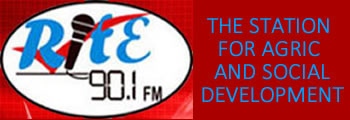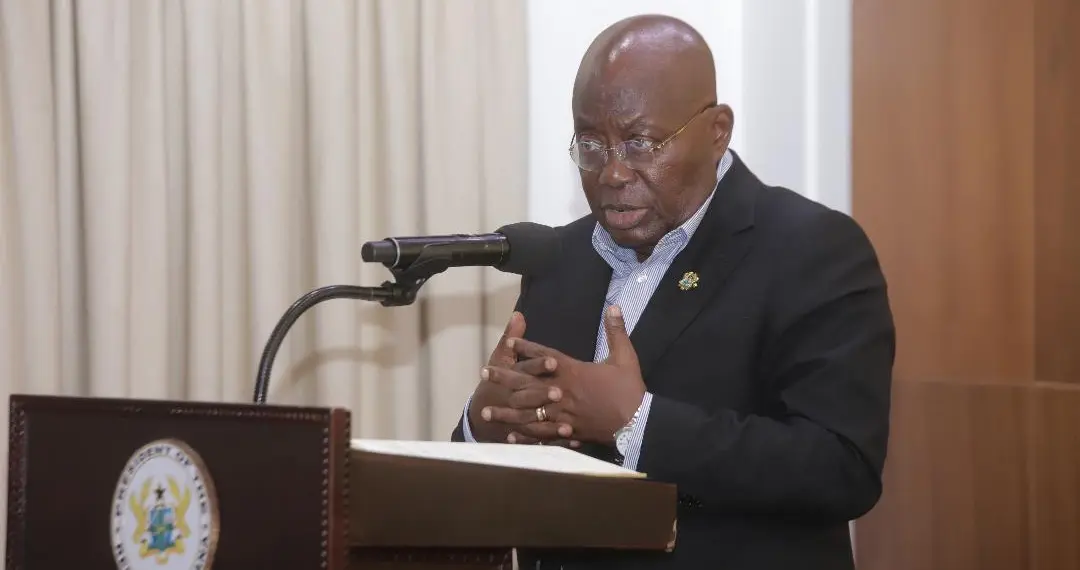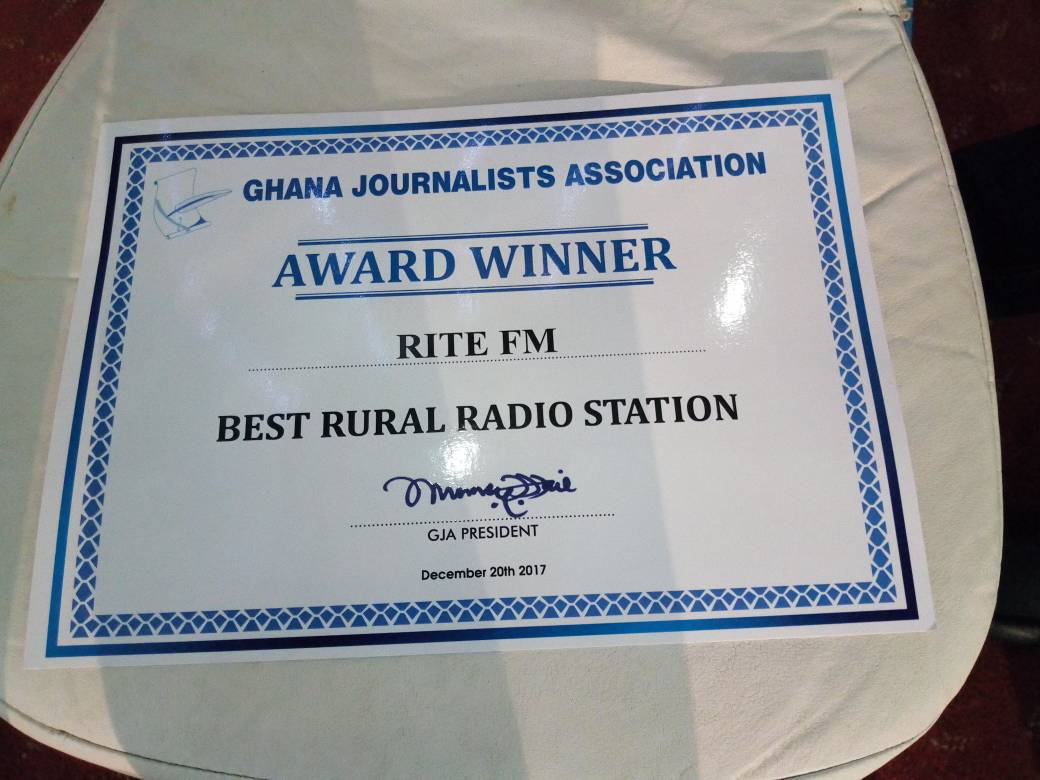Increased financial support for women farmers can make the difference

Ghana met Millennium Development Goal (MDG) 1 of reducing the proportion of undernourished people from 27 per cent in 1990 to 5 per cent in 2007 — the lowest proportion in sub-Saharan African countries — which makes Ghana an African success story in the reduction of poverty and hunger.
Indeed, Ghana has produced a range of policy documents and action plans to guide its agricultural development and spending, an example of which is the Food and Agriculture Sector Development Policy (FASDEP I & II) — FASDEP II being the current policy document for the development of the agricultural sector— the implementation of which, over the medium term, is outlined in the Medium Term Agriculture Sector Investment Plan (METASIP), 2011-2015.
These notwithstanding, major challenges exist, particularly for smallholder farmers in the country who record low productivity, rely on the rains and simple tools for farming and have little access to extension services, credit and markets.
In many rural areas, there is widespread hunger and, particularly, in the northern parts of the country, most farming households still experience food insecurity for 3-7 months in a year, while as many as 12 million Ghanaians are undernourished, with 14 per cent of children being underweight and 28 per cent stunted as a result of malnutrition— according to a research conducted by ActionAid Ghana, an international Non-Governmental Organization (NGO), on the public financing of agriculture in the Northern and Upper East regions of Ghana,
Agriculture accounts for more than one-third of Ghana’s Gross Domestic Product (GDP) and employs more than half of the labour force.
To achieve annual agricultural growth of 6 per cent, the sector deserves approximately 14 per cent of the government budget, research information indicates.
In Ghana, the role of women in agriculture cannot be underestimated as they constitute more than half the agricultural labour force, 95 per cent of those involved in agro-processing, 85 per cent of those in food distribution and produce 70 per cent of the country’s food requirements.
Yet, seemingly, apart from the allocation to the Women in Agriculture Department (WIAD), no budget line has been provided by the Ministry of Food and Agriculture (MoFA) that specifically targets women farmers, although MoFA is charged with the promotion of gender mainstreaming, agro-processing and nutrition. In 2011, for example, WIAD’s budget allocation amounted to only 0.4 per cent of MoFA’s budget, totalling GHC 867,762.
In the 1990s, the Gender and Agricultural Development Strategy (GADS) was developed by MoFA, but the strategy remains largely unimplemented, with only the production of gender disaggregated data, out of the 8 policy statements in the GADS, operational.
There is, therefore, no doubt that the failure to adequately recognize the gender dimensions of farming as a vocation is retarding food production and poverty reduction. For, as producers and processors on the farm and as workers and care-givers in the household and in extended families, the increased contribution of women to agricultural production is hindered—recent studies having shown that if Ghanaian women farmers had equal access to land and fertilizer as men, farm profits per hectare could double.
ActionAid, in a policy document titled ‘Improving Ghana’s Agriculture Spending To Support Smallholder Agriculture And Women Farmers’ has, therefore, recommended that Ghana’s agriculture spending and policy should be re-oriented to focus more on women farmers; overhauling of extension services to target women and to meet the international standard of one officer to 500 farmers; reviewing of agricultural research programmes to increase the productivity of crops grown by women; and the implementation of the fertilizer subsidy programme to ensure that women farmers have equal access.
Furthermore, ActionAid calls for a reduction in dependence on chemical inputs and the development of targeted subsidized and innovative credit programmes for women farmers and/or the provision of resources to support loan guarantee, insurance schemes and savings, and credit associations.
Government has also been urged to target resources more towards the three northern regions, especially to support the increased productivity of staples through improved extension, research and credit facilities for farmers, especially women farmers.
graphic.com.gh



